I am making my own implementation of a raycaster in a game I am making, and I have come across a very hard problem. I have a player (the black dot), and I need to find the intersection nearest to the player. In the image below, the arrow is pointing to the intersection point I need.
What I guess I am trying to say is that I need a function something like this:
// Each line would take in 2 map values for it's 2 points
// In turn, the map would have to have an even number of points
public Point getNearestIntersection(int playerX, int playerY, int lineDir, Point[] map) {
// whatever goes here
}
I am going to have to do this about 50 times every frame, with about 100 lines. I would like to get 40 fps at the least if possible... Even if I divide it up into threads I still feel that it would cause a lot of lag.
